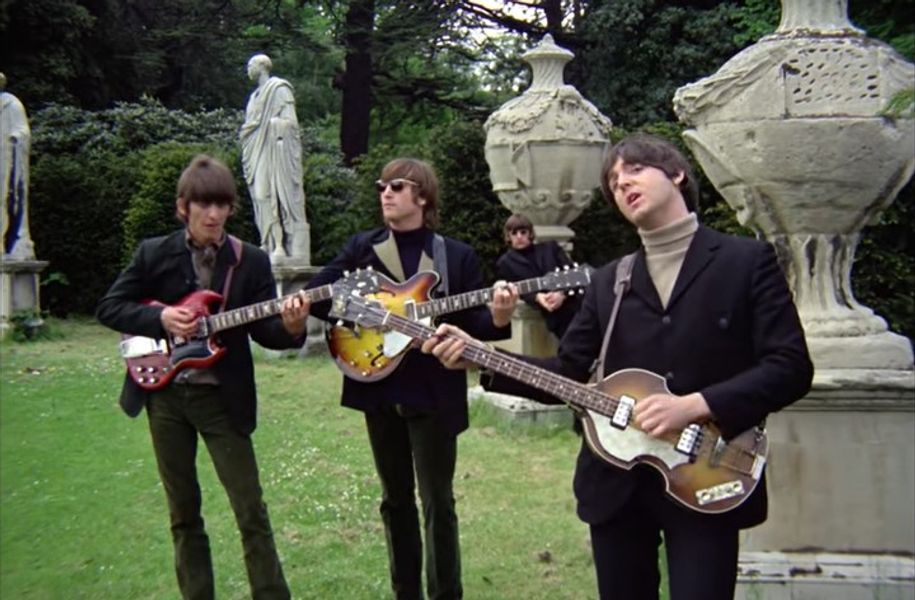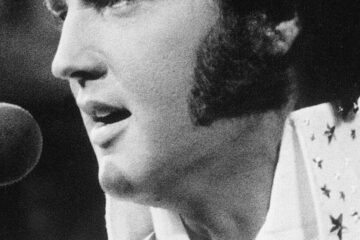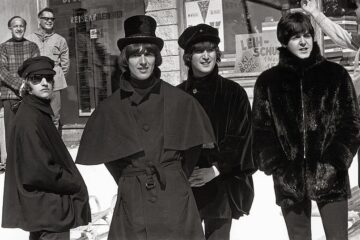The White Album, for many Beatles fans, signifies one thing: the beginning of the end. It was on this record that not only did George Harrison begin to find his songwriting feet, and therefore demand more of the duties, but that the life of a Beatle began to grow too much.
Yet, despite this, the record wouldn’t have been completed without the group getting together and finishing the songs together. While the group wrote separately at the time, they often needed one another to put the finishing touches on songs. One such track, Lennon’s ‘Happiness Is A Warm Gun’, simply couldn’t have been completed without them.
The song, composed by John Lennon but credited to Lennon-McCartney, was a challenge that the bespectacled Beatle needed all his bandmates to help him with. The song was split into three parts, ‘The Dirty Old Man,’ ‘The Junkie’ and ‘The Gunman (Satire of ’50s R&R)’ and posed a host of rhythmic challenges for the group.
Using Harrison’s impeccable timing, something helped by his keen interest in Indian classical music, the group managed to tighten up the song and turn it into one of the best tracks on the album and one of the most beloved Fab Four tracks of all time. The song’s meaning can be manipulated and maligned however you see fit, which is usually the mark of great poetry. For Lennon, that’s all it was.
The singer was quickly put under the spotlight as his song, from the same lineage of ‘I Am The Walrus’ and ‘A Day in the Life’, was deemed to be speaking about drugs. Lyrics “I need a fix” and “mother superior” hinted at heroin use and the rumours of Lennon’s own drug problems had also begun to surface.
Despite the connotations, it was something Lennon refuted intently: “They all said it was about drugs, but it was more about rock ‘n roll than drugs,” said Lennon in 1972. “It’s sort of a history of rock ‘n roll… I don’t know why people said it was about the needle in heroin. I’ve only seen somebody do something with a needle once, and I don’t like to see it at all.”
The song may well run through the untold history of rock ‘n’ roll but it did beg the question, where did the killer title come from. “A gun magazine was sitting around and the cover was the picture of a smoking gun,” explained Lennon to David Sheff in 1980. “The title of the article, which I never read, was ‘Happiness Is a Warm Gun.’ I took it right from there. I took it as the idea of happiness after having shot somebody. Or some animal.”
That magazine was The Rifleman, a National Rifle Association publication which looked to share the latest in weapons with its readers. It was a concept incredibly strange and alien to the peace-loving band. “The idea of ‘Happiness Is A Warm Gun’ is from an advert in an American paper. It said, happiness is a warm gun, and it was ‘Get ready for the long hot summer with a rifle,’ you know, ‘Come and buy them now!’ It was an advert in a gun magazine,” remembered Paul McCartney.
“It was so sick, you know, the idea of ‘Come and buy your killing weapons,’ and ‘Come and get it.’ But it’s just such a great line, ‘Happiness Is A Warm Gun’ that John sort of took that and used that as a chorus. And the rest of the words… I think they’re great words, you know. It’s a poem. And he finishes off, ‘Happiness Is A Warm Gun, yes it is.’ It’s just good poetry.“
It’s a succinct assessment which perfectly sums up this John Lennon number. The Beatles ‘Happiness Is A Warm Gun’ is quite possibly the ultimate piece of Beatle poetry, not only is it ambiguous in its contents but the song about death at the hands of another somehow brought the band together.



